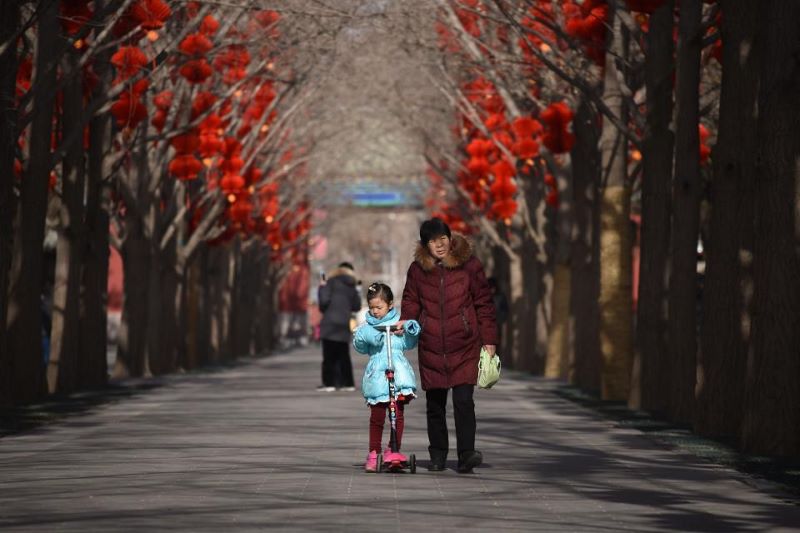
Asian countries are getting older, quicker. This not only increases the cost and scale of healthcare needs, but also makes it harder to replace those who age out of the health workforce itself.
To bridge the deficit, Asia’s funding and policy directions will need a fresh injection.
Prediction models developed by the World Health Organization (WHO) and the World Bank project an 18 million shortage in global health workers in 2030.
This means that 18 million more doctors, nurses, and healthcare professionals will be necessary to give effective health delivery for a number of conditions used to assess care quality, such as skilled attendance at birth and diabetes cover.
Within those figures, it's projected that Southeast Asia will need approximately 4.7 million more health workers to achieve effective coverage, while the Western Pacific zone, which includes regional heavyweights such as China, South Korea and Japan, will be missing roughly 1.4 million people.
Though Asia has already long struggled with extensive shortages in healthcare workers, the task of filling the gap will become more difficult—and expensive—as the population gets older.
“An aging health workforce with staff retiring will exacerbate health worker deficits,” said Dr. Indrajit Hazarika, Technical Officer of Health Workforce Policy in the WHO Western Pacific regional office.
According to Hazarika, the problem is double pronged as economies develop across the region. “The combination of low fertility rate and marked population aging may result in higher demand for healthcare but not enough young people entering the profession or being adequately trained,” he said in an interview.
According to the World Bank, East Asia and Pacific is aging faster and on a larger scale than any other region in history.
“As such, the countries are struggling to keep pace in scaling up the supply of health workers to meet the rapid growth in demand for healthcare.”
And it's a problem that may have already begun. Currently, against the OECD average for a "density" of 3.3 doctors per 1,000 population — China has 1.7, Japan 2.4,and South Korea 2.2.
Similarly, the density of nurses per 1,000 population in China and South Korea is lower than the OECD average of 9.1 — China stands at 2.2, South Korea at 5.6. Japan, meanwhile exceeds the average at 11.0.
Regional splits
The impact of retirement on health worker numbers differs country to country, which can disproportionately affect the aging out of its workforce and create a more pronounced issue.
For instance, countries like China and Japan, where a respective 37% and 45% of physicians were aged 45 or above in 2013, can be particularly vulnerable owing to the pace of ageing. China's current age of retirement is 60 and 50, for men and women respectively.
This not only puts pressure on labor supply — it also increases the burden on the healthcare system itself.
“There are several key factors that can cause shortages in the health workforce,” said Hazarika. “These include an increase in the demand for healthcare and countries’ inability to timely scale-up the supply to meet demand.
Moreover, Hazarika says that poorer settings and rural areas tend to bear the heaviest burdens — the severity can be exaggerated by migration and public health workers leaving for better paid private jobs.
“In some countries, shortages in the health workforce can be due to limited finances and fiscal space to absorb and remunerate them adequately in the public payroll. This is particularly true for low-resource settings.”
It all amounts to a growing problem in Asian countries that, according to the IMF, run the risk of "getting old before becoming rich."
“This may widen the gap between the health care that is needed and what can be provided and what is actually being provided in practice.”
Strategy
To transform the health workforce into something that could respond to demographic transformations and burgeoning care needs, Asia's healthcare sector will need to re-examine its healthcare policies.
“Given the criticality of the workforce in health systems, and the substantial time and resources invested to educate and develop a skilled health workforce, planning is very important,” said Hazarika.
According to the WHO, investment must go into the recruiting and education of younger workers, with additional funding given to institutions to address their servicing needs.
More women, an under-utilized resource in many traditional Asian communities, could also be brought in to bulk up the sector.
Embracing technological advancements may also increase the efficiency of care delivery and mitigate supply issues.
And encouraging immigration may help in the shortfall of population, both in terms of replacing numbers lost to low fertility rates as well as bringing in new healthcare workers. Approximately 25% of physicians in the U.S. are foreign-born today.
In the long run, these shortages will likely become smaller as economic development spreads and deepens around Asia. But the lives of millions depend on how quickly those gaps are filled. For now, Asia is still in need of a retirement plan.